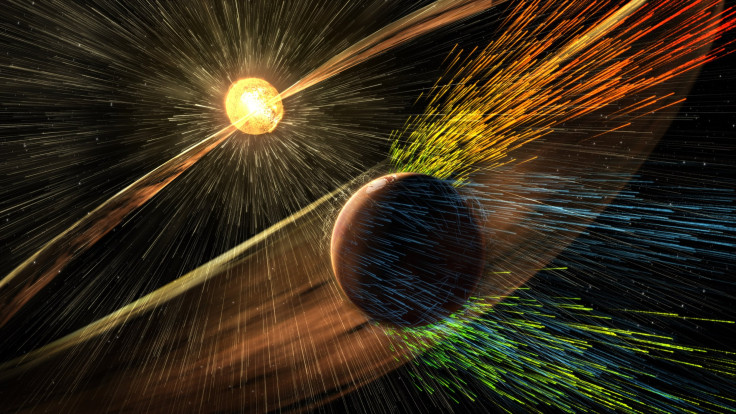Tech Blackout: Solar flares unpredictable; Earth totally unprepared and vulnerable

Technology blackouts could become commonplace on Earth as scientists stated that solar flares are difficult to predict than previously thought. Solar winds may lead to tech blackouts, and our planet is unprepared for it.
It was earlier thought that solar flares were single bubble-like structures that would hit Earth as one wave. However, a University of Reading study has found that these solar flares are more cloud-like and are heavily influenced by solar winds. This makes their movement pattern difficult to predict. The scientists were researching how to predict coronal mass ejections (CMEs). They discovered that these CMEs act very differently, making them hard to know when they are going to hit.
When solar storms strike Earth, the radiation heats up the outer atmosphere, causing it to expand. Global technology could go for a toss when such solar storms strike. The satellite signals cannot penetrate the outer atmosphere as it has expanded. This leads to lack of GPS signal and navigation, internet service, satellite TV and mobile phone signal. Due to increased currents in Earth’s magnetic field (magnetosphere), solar storms may theoretically cause a surge in electricity in power lines.
The phenomenon may blow out power stations and electrical transformers. The world will plunge into darkness temporarily due to loss of electricity, reports Express. Due to intense radiation, people will become more vulnerable to cancer, too.
If Earth needs to be protected sufficiently, more studies are needed on CMEs, believes lead author of the study Prof. Matthew Owens. The study has been published in the journal Scientific Reports. The scientists are continuously monitoring the sun to track extreme space weather and solar winds.
“Up until now, it has been assumed CMEs move like bubbles through space, and respond to forces as single objects. We have found they are more like an expanding dust cloud or sneeze, made up of individual plasma parcels all doing their own thing. This means that trying to predict the shape and movement of CMEs as they pass through the solar wind becomes extremely difficult. Therefore if we want to protect ourselves from solar eruptions, we need to understand more about the solar wind,” Owens stated in the press release.
Information on solar winds must be incorporated into CME observations so scientists are aware of the threats they pose to Earth. An earlier study had suggested a shift in solar activity by the middle of this century. This may make Earth more vulnerable to CMEs.





















